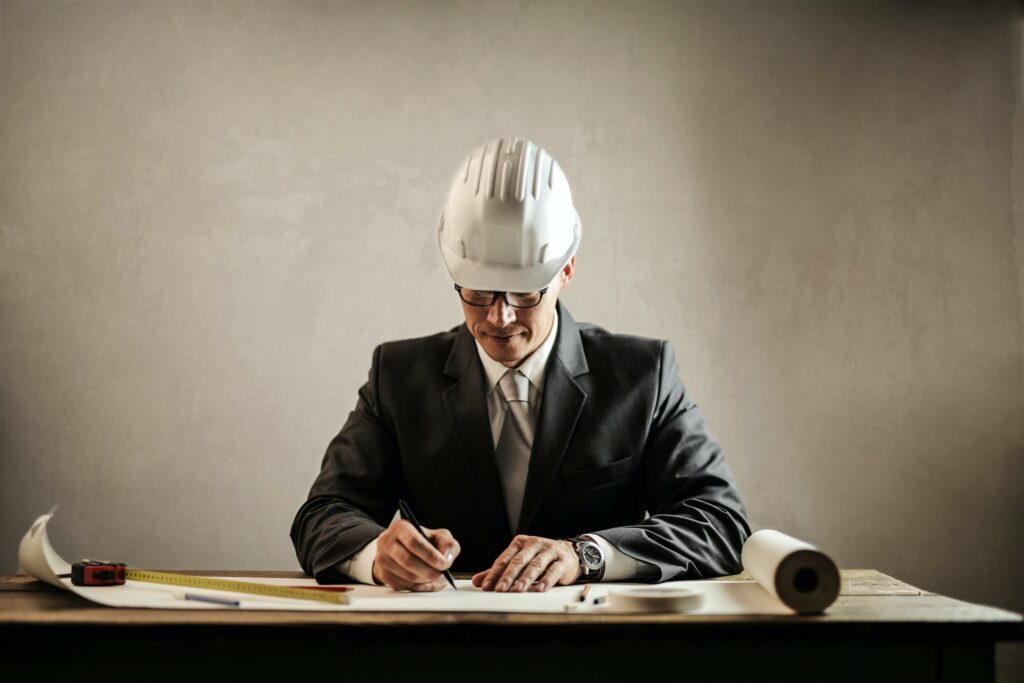ASME standards are used by engineers, manufacturers, and other professionals across the globe to make sure designs and parts meet certain requirements. These requirements are important because they demonstrate a commitment to safety and quality in the created products. This article will help you learn about what these standards are for, who makes them, and who uses them.
What is ASME?
The American Society for Mechanical Engineers (ASME) is a nonprofit professional organization first established in 1880 and dedicated to supporting industries involving engineering and science. It provides some of the following services:
- Standards and certifications
- Courses, training, and mentoring
- Research and publications
- Networking and events
What are ASME standards for?
The standards ASME sets outline requirements for manufactured parts and assemblies, quality assurance, and more for things like pressure vessels, boilers, and other components. They’re especially important for technologies that can be dangerous if not built properly, like pressure vessels.
Following ASME standards for pressure vessel design ensures the vessel will be safe to use, and helps keep design choices consistent across the industry. It makes plumbing and installing the vessel more straightforward, sets the pressures a vessel can safely withstand, and makes sure that people don’t have to learn how to safely operate a completely different design every time they use a different vessel.
Who uses ASME standards?
ASME standards are used by engineers, designers, technicians, quality assurance, and other roles required to turn a vessel from a concept into a reality. The set of standards used for pressure vessels is called the ASME Boiler and Pressure Vessel Code.
Organizations that manufacture pressure vessels, like Rexarc, can be certified as adhering to the standards for ASME pressure vessels. You can learn more about ASME certifications here.
Learn more
If you have more questions about ASME standards, pressure vessels, and how they intersect, please reach out to us! We’re happy to help you understand the requirements people have developed to make pressure vessels safe.
